WY Elk Public Listening Session
Do you have any thoughts on this post?
If you’ve ever attended an ICAST trade show in Orlando, you know that there is A LOT going on, with a who’s-who of sportfishing-related businesses and conservation organizations offering an incredible array of booth displays, presentations, exhibits, and events. So TRCP was flattered to have such high attendance at our Conservation Summit last week, where experts covered fisheries management topics that included the incorporation of habitat and water quality improvements into fisheries management, the loss of retired oil rigs-turned-reefs, Florida Everglades restoration efforts, proper use of descending devices for reef fish releases, and Gulf of Mexico fisheries management updates.
We aren’t able to fully sum up all the panel discussions and scientific presentations covered for five topics that spanned two days, but here are some top themes that emerged at this year’s Conservation Summit.
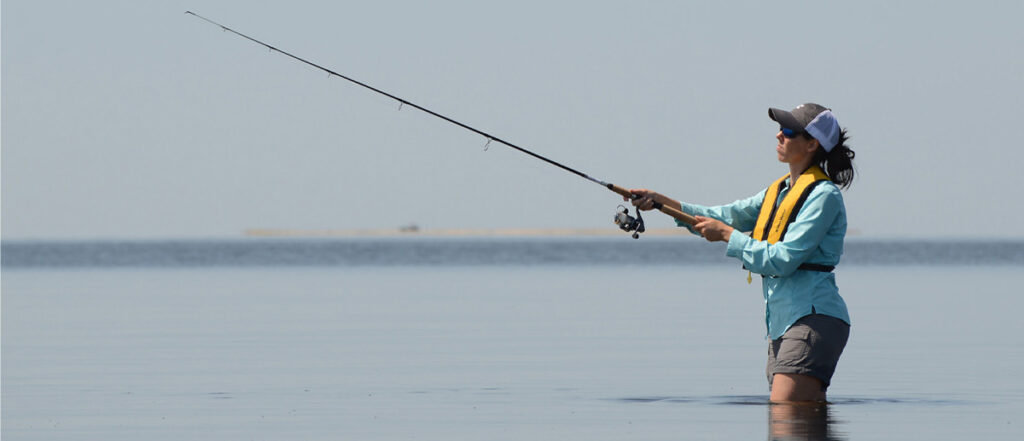
From the imminent planned removal of hundreds of flourishing artificial reefs in the Gulf of Mexico to the loss of critically important seagrass and mangrove fish habitats, there are many issues to tackle to improve the health of coastal, inshore, and offshore marine habitats.
“We don’t have a lot of time left, so we’re going to be pursuing this pretty hard,” said Chris Horton, fisheries policy director for the Congressional Sportsmen’s Foundation, of the problem of Gulf oil rigs being removed at a breakneck pace. Horton said he hopes a congressional bill will be introduced soon to address the reef removal problem.
Water quality concerns are also a major challenge facing fisheries managers. A good example highlighted at the summit is a threat sometimes generated far from the ocean: municipal wastewater that, even after standard treatment and eventual flow into marine environments, carries a toxic cocktail of pharmaceuticals that are absorbed by saltwater species.
“We found pharmaceuticals in just about every fish we tested,” said Dr. Aaron Adams, director of Science and Conservation for the Bonefish & Tarpon Trust, of research on the presence of these drugs in various fish species. Adams said that these chemicals can change the feeding, migration, and predator avoidance behaviors of valuable sportfish species like redfish and bonefish, impacting survival and reproduction with population-level consequences. One hundred percent of the Florida Keys bonefish sampled in a Florida International University study had pharmaceuticals present in their tissues, with an average of seven pharmaceuticals detected per fish.
The good news is that this sort of pharmaceutical release problem can be addressed by improving wastewater treatment facilities, which Switzerland, Sweden, and other countries have successfully accomplished.
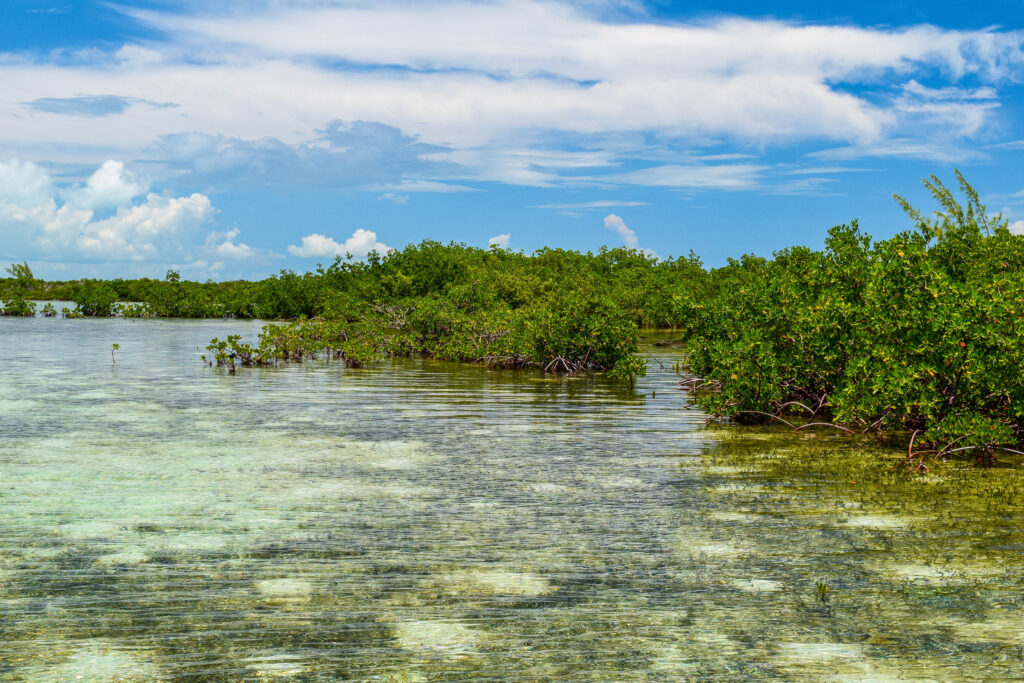
Partnerships and coalitions form the foundation of how TRCP gets things done. The necessity for teaming up with other organizations and agencies to accomplish conservation goals was frequently stated at the ICAST Conservation Summit, including in presentations by representatives of the National Oceanic and Atmospheric Administration and Florida Fish and Wildlife Conservation Commission (FWC). Representatives for the agencies spoke about their collective wetland/fish habitat creation and improvement efforts at the Robinson Preserve, a 487-acre salt marsh preserve located on the south end of Tampa Bay.
“The Robinson Preserve is a shining example of how each of these partners can work together to restore disturbed farmland back to healthy wetland habitat that sportfish will thrive in,” said Jessica McCawley, FWC director of the Division of Marine Fisheries Management.
What was previously degraded coastal farmland at the preserve is being converted to wetlands that include oyster reefs, a sportfish nursery, and mangrove islands. NOAA was recognized at the summit as a partner to FWC in the Robinson Preserve efforts, and also by the Florida Department of Environmental Protection for its assistance on other projects.
“We don’t do anything by ourselves,” said Carrie Selberg Robinson, NOAA Fisheries director of the Office of Habitat Conservation. “We get things done by working together.”
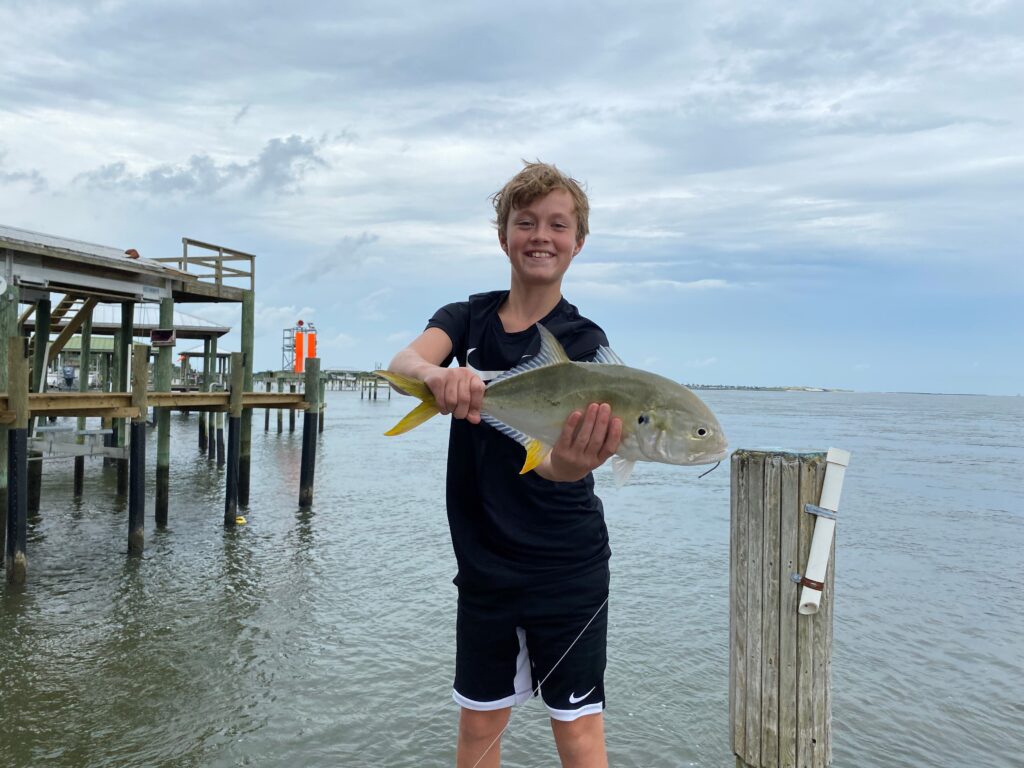
Florida state agencies have been heavily engaged in addressing water quality concerns and aquatic preserves protection, both of which will benefit saltwater fish populations. The importance of good science came up often in these and other summit presentations.
The Florida Department of Environmental Protection discussed the substantial investments it is making in Everglades and water quality improvements. Alex Reed, FDEP director for the Office of Resilience and Coastal Protection, detailed how the Aquatic Preserve Program is protecting 2.6 million acres of submerged resources, such as seagrass beds, for future generations. And her colleagues discussed how efforts that have been focused largely on wastewater and sewage treatment to protect Florida water supplies will now begin to focus more on stormwater and agricultural runoff that directly impacts marine ecosystems. Substantial investments are now going into Everglades and other water quality improvements.
“We’re trying to make sure science has a seat at the table as we move forward,” said Shawn Hamilton, FDEP secretary.
The need to base management decisions on sound science was likewise reflected by Florida Fish and Wildlife Conservation Commission presenters, who related it to their work dedicated to improving inshore fish habitat.
“Successful fisheries management requires a good understanding of the status and health of our fisheries, which means collecting as much data as possible from as many reliable sources as possible,” said Jessica McCawley, FWC director of the Division of Marine Fisheries Management.
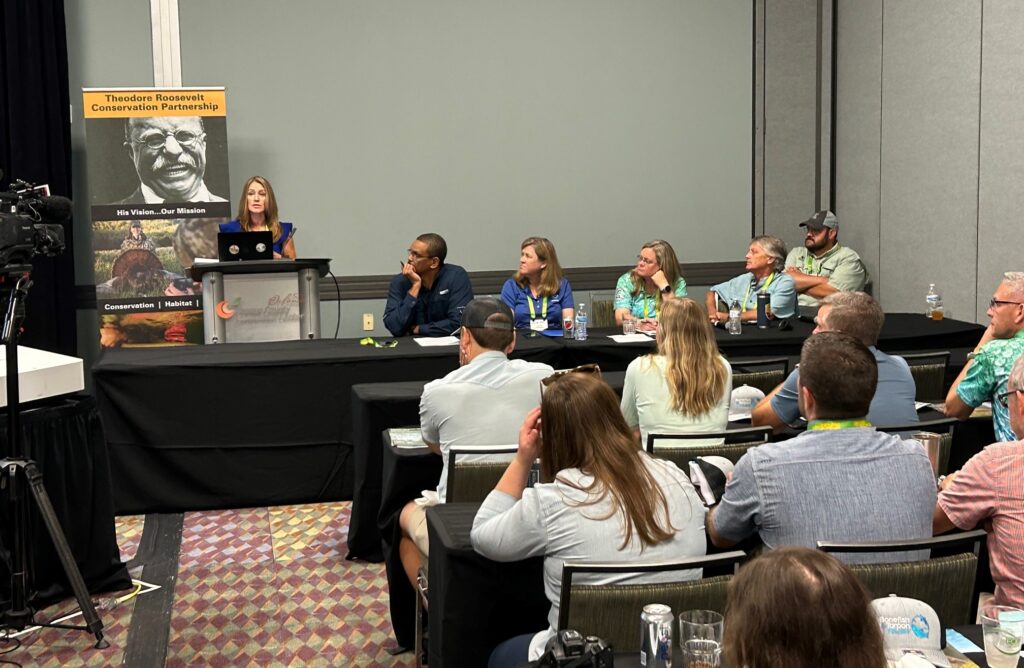
“The last thing we want is to have historical levels of funding available and not be able to get that out on the ground,” said TRCP Center for Marine Fisheries Director Chris Macaluso, who moderated the Conservation Summit panels.
Summit presenters highlighted how, right now, there remains an opportunity to obtain federal funding for conservation projects through the Bipartisan Infrastructure Law and Inflation Reduction Act.
Selberg-Robinson said that a major priority of her agency is focusing on projects that address fish habitat. NOAA already has awarded all round-one applicants for federal funding, with 109 projects to be funded. Competitive grants are still available to address conservation projects, including those that address fish habitat.
TRCP consistently also works to direct private funding to leverage efforts to address priority conservation efforts.
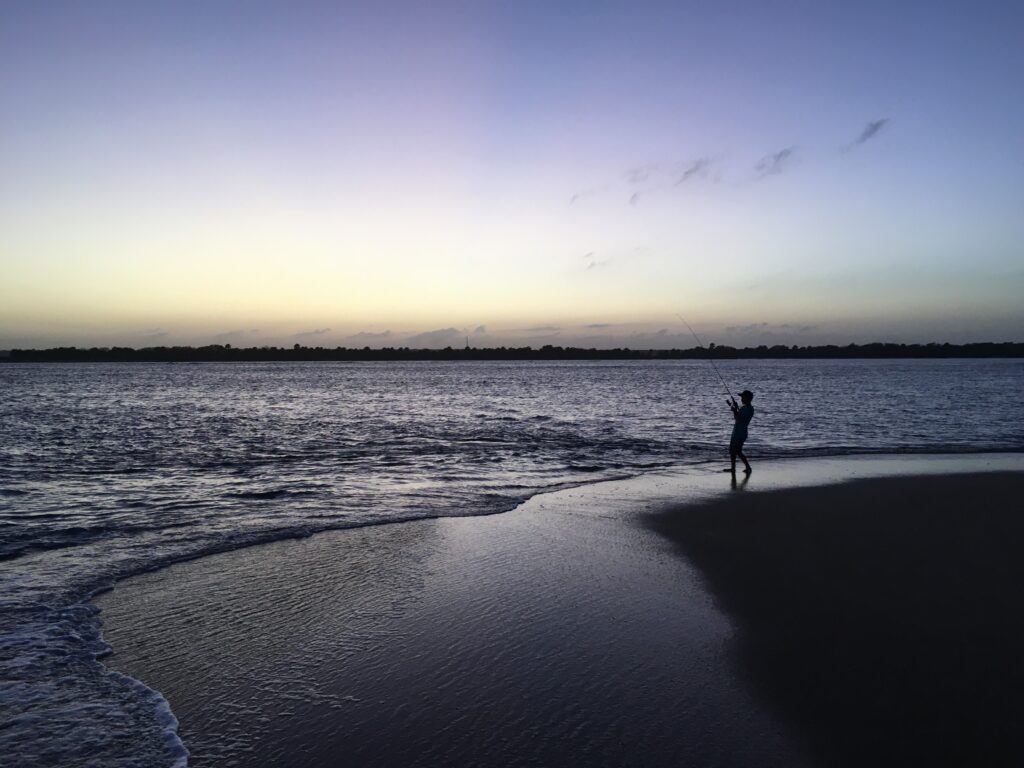
Restoration efforts in the Florida Everglades, which are being addressed by a broad coalition of federal, state, nonprofit, and private groups, including TRCP, provide an optimal example of another theme that emerged in the Conservation Summit: For many conservation goals, work is well underway, but far from the finish line. Construction of the Everglades Agricultural Reservoir began this year in a major milestone for long-term Everglades restoration efforts. The intent is to remedy decades of development and infrastructure wreaking havoc within an ecosystem that not only supports myriad fish and wildlife species within its wetland habitats, but also is necessary to filter contaminants from fresh water flowing south into Florida Bay. The reservoir will allow for capture and treatment of nutrient-laden runoff from Lake Okeechobee, which fuels toxic algal blooms, before water flows into the sportfishing haven of the Bay.
The reservoir won’t be completed for years and will require continued funding support. The TRCP has endeavored to engage with the conservation and sportfishing communities to collectively push for continued funding and focus to complete long-term efforts to restore the Everglades.
“The good news is we are making great progress, and we can’t stop in that progress,” said Dr. Steve Davis, chief science officer for The Everglades Foundation.
Perseverance also has been necessary to help retain as many decommissioned Gulf of Mexico oil and gas platforms as possible, as hundreds are slated for removal despite that these structures have created extensive reef systems populated with all manner of marine life. The artificial reefs both attract fish and produce more biomass, with over 90 species of fish found at Gulf reef sites, according to data from Texas A&M Corpus Christi. Research also shows that fish on the rig reefs grow as fast or faster than those on natural Gulf reefs. For these reasons, it’s important to not only work to save the retired oil and gas platforms now in the Gulf, but also consider the potential of offshore wind turbines to provide similar habitat for sportfish like amberjack, snapper, sheepshead, and cobia.
“We have a good opportunity with wind energy coming up,” said Dr. Matt Streich, associate research scientist, Harte Research Institute for Gulf of Mexico Studies, Texas A&M Corpus Christi. “But we need to keep these structures in the water while there’s still time.”
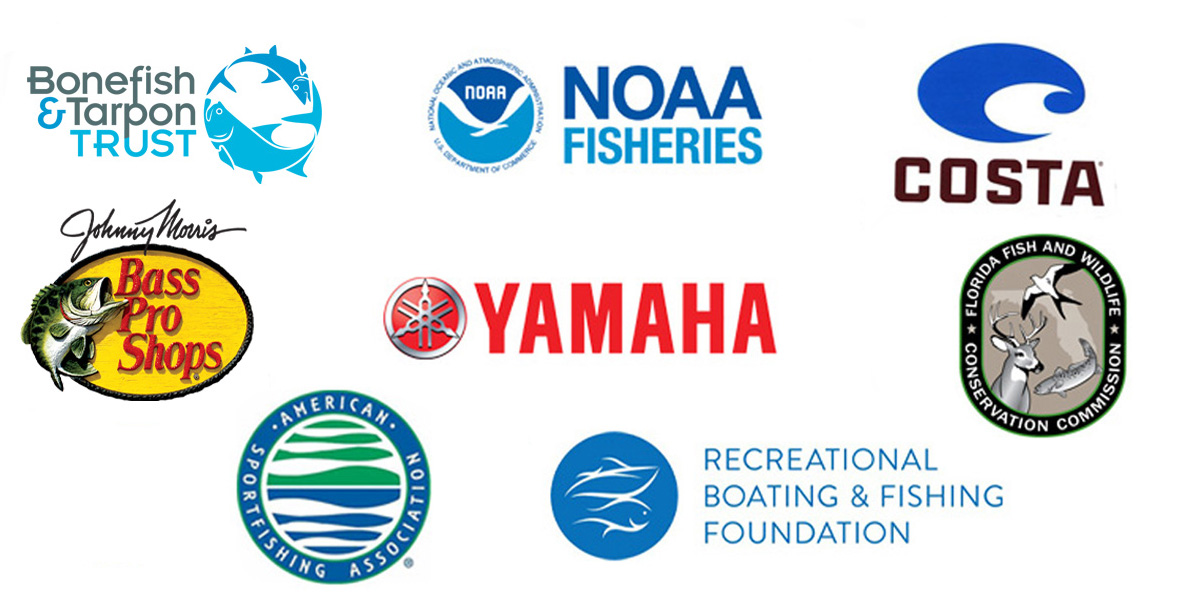
We want to offer a big thank you to all the presenters and participants of the 2023 summit. Also, it wouldn’t have been possible without support from this year’s sponsors:
Modern habitat management will help the iconic mule deer herd rebound
If you’re a fanatical mule deer hunter, you’ve heard of the Wyoming Range, or “Mule Deer Factory,” as Randy Newberg calls it. Every spring, mule deer feed into the lush high country of this iconic mountain range after a winter spent amongst the sage with pronghorn antelope, sage grouse, and other wildlife. This year however, the low country refuge around Rock Springs, and other areas across the state, was battered by arctic temperatures and deep snow that covered the sagebrush these animals depend upon to survive.
The somber views of starving mule deer and pronghorn antelope I passed in early March while driving south to Rock Springs foreshadowed the coming die-off. Roughly 70% of collared does, 60% of collared bucks, and all collared fawns in the herd succumbed to the worst winter in decades. On a recent 80-mile backpack along the length of the Wyoming range, my colleague and Wyoming Community Partnerships Coordinator, Alex Aguirre, shared that he saw just one buck. It will take years for these herds to recover.
We can’t control the weather, but we can prepare for the snow, rain, and drought that will inevitably come. Right now, mule deer and pronghorn are recovering and preparing for next winter by raising fawns and feeding on the highest quality forage to build critical fat reserves. We want healthy big game populations in Wyoming, which means we need healthy habitat. The TRCP and our partners in Wyoming are committed to ensuring proper habitat management on our public lands, and specifically as a pillar of the Bureau of Land Management’s revised Rock Springs Field Office Resource Management Plan.
The Rock Springs Field Office covers over 3.6 million acres of varied landscapes in southwestern Wyoming. At the southern end, hunters and anglers treasure opportunities to pursue trophy-class bull elk and cast for native cutthroat trout in the Greater Little Mountain Area. Further north in the Red Desert, lies critical winter range for the longest known mule deer migration, the 150+ mile Red Desert-to-Hoback Migration. I have fond memories of early spring mornings watching dozens of male sage grouse strut and display on lek sites during the spring mating season as herds of pronghorn grazed in the distance along this ancient corridor. The BLM is in the process of revising the management plan for this field office and we expect to see a draft proposal out for public comment this year. The timing couldn’t be better given all the pressures big game are facing.
The BLM manages close to 30% of all land in Wyoming and it’s important to note that these public acres are also critical drivers of local economies, providing leasing opportunities for energy development, livestock grazing, and other industries in addition to the key habitats they provide for wildlife. Yet, we must not forget that Wyomingites choose to live and work in this great state because of the abundant wildlife resources and wide-open spaces. Ensuring a resilient future for our recovering mule deer and pronghorn populations, while also facilitating thriving local economies, should not be an either-or proposition.
I’ve been fortunate to pursue high country mule deer in summer range along the Red Desert to Hoback Migration route and can attest that these animals have grit. It’s been over 15 years since the BLM initiated the Rock Springs Resource Management Plan revision. In that time our understanding of the ecological processes at play on these landscapes has changed dramatically. I want future generations to have the opportunities I’ve had to be humbled by Wyoming’s mule deer. We can achieve that by ensuring that the Rock Springs Resource Management Plan is updated in a timely manner and in ways that respond to the challenges of today – by including policies that conserve crucial habitat for our big game herds for decades to come.
Photo Credit: Josh Metten
Yesterday’s hearing of the Senate ENR Subcommittee on Public Lands, Forests, and Mining featured testimony on pending legislation aimed at protecting, and benefiting, fish, wildlife, outdoor access, and the economy.
“The Theodore Roosevelt Conservation Partnership thanks Chairwoman Cortez Mastro (D-N.M.) and Ranking Member Mike Lee (R-Utah) for holding this public lands subcommittee hearing,” says Patrick Donovan, chief policy officer at the Theodore Roosevelt Conservation Partnership. “We remain dedicated to ensuring the places Americans love to hunt and fish are conserved and look forward to working with the Committee to advance these and other important habitat and access priorities this Congress.”
Among the many pieces of legislation considered on Wednesday, TRCP priorities include:
The Malheur Community Empowerment for the Owyhee Act aims to find collaborative solutions that benefit fish, wildlife, and the local outdoor economy. “We believe that the Owyhee Plateau is a landscape that should be safeguarded for future generations of American sportsmen and sportswomen,” says Michael O’Casey, deputy director for the Pacific Northwest at TRCP, “We appreciate Senator Wyden’s efforts to bring diverse stakeholders to the table to discuss ways to protect the Owyhee canyon country and the multiple uses it supports.“ This hearing provided an opportunity for feedback and possible improvements to the bill, so it achieves its promise for public lands, fish and wildlife, and the Malheur County economy. Speak up for Owyhee Protections here.
The Colorado Outdoor Recreation and Economy (CORE) Act, led by Senator Bennet (D-Colo) seeks to protect over 420,000 acres of public lands in Colorado and safeguard outdoor recreation opportunities to boost the economy for future generations.
The Dolores River National Conservation Area and Special Management Area Act, which enjoys bipartisan support in the House, would designate a National Conservation Area (NCA) for a portion of the Dolores River Corridor and protect over 68,000 acres of public lands in Colorado.
Together, The CORE Act and The Dolores River National Conservation Area and Special Management Area Act, would protect prime hunting and fishing destinations in Colorado, like the Thompson Divide, miles of trout streams and elk and mule deer range, and unlock new public fishing access in the Gunnison River Basin. Learn more about the importance of hunting and fishing access here.
The TRCP remains committed to working with Congress to advance these and other important public lands, habitat, and access legislation.
Watch the Senate ENR Subcommittee on Public Lands, Forests and Mining hearing here
Backcountry Conservation Areas and other Resource Management Plan updates will ensure conservation of high-quality habitats
Last week, the Bureau of Land Management’s Royal Gorge Field Office published their proposed final Eastern Colorado Resource Management Plan revision and environmental impact statement for review before a final Record of Decision is signed. The final Resource Management Plan will provide management direction for 666,127 surface acres and nearly 6.5 million subsurface acres of mineral estate in Eastern Colorado for decades to come. The TRCP thanks all the BLM, Department of Natural Resources, and Colorado Parks & Wildlife staff, county officials, and TRCP members, supporters, and partners who have provided invaluable feedback, guidance, and expertise since this plan revision process began in 2015.
These BLM lands are home to elk, mule deer, pronghorn, bighorn sheep, and wild and native trout, and encompass 487 miles of streams and rivers and popular destination lakes and reservoirs valued by anglers. The updated BLM plan commits to managing 87,400 acres of extraordinary fish and wildlife habitat as Backcountry Conservation Areas, thereby protecting them from fragmentation and development while maintaining important access for hunting, fishing, and other forms of wildlife-dependent recreation and traditional uses of the land.
In these BCAs, the BLM will focus management activities on the conservation and restoration of key habitats, which can include wildfire mitigation work and habitat improvement projects where needed. By improving and protecting habitat, the BLM will support healthy big game herds and hunting opportunities in the region for decades to come.
“For decades the absence of a cohesive guiding framework for administering Eastern Colorado’s public lands and natural resources has contributed to management uncertainty and stakeholder confusion,” said Dan Gibbs, executive director of the Colorado Department of Natural Resources. “The final RMP will allow BLM to respond more effectively to evolving priorities and environmental conditions.”
This proposed RMP also includes a prohibition on renewable energy or oil and gas development within BCAs, and restrictions to oil and gas development in certain key habitats, generally consistent with those employed by the Colorado Oil and Gas Conservation Commission. Additionally, the plan reflects management actions that local government, community members, and conservation partners in the South Park area cooperatively proposed to balance energy development with habitat conservation to support a diverse local economy.
“We appreciate that BLM has addressed the extraordinary wildlife and streams in iconic South Park separately from the rest of the proposed resource management plan,” said Suzanne O’Neill, executive director of the Colorado Wildlife Federation. “The improvements to the draft reflect most of the priorities that CWF and a coalition of other interest groups developed during a lengthy planning process.”
In Colorado, the BLM manages around 8 million surface acres, so updates to outdated land use plans strengthen the wildlife and outdoors values that the public enjoy.
“The TRCP is hopeful that implementing this revised Eastern Colorado RMP will improve how high-value fish and wildlife habitat is conserved and managed across these landscapes,” said Liz Rose, Colorado Field Representative for the TRCP. “We will continue to track and comment on other BLM planning efforts in-progress, Travel Management Plans, and other BLM-proposed actions to ensure that public lands support healthy, stable wildlife populations and provide quality places for all Americans to hunt and fish.”
BLM’s process includes a 30-day protest period following publication, coinciding with a 60-day Governor’s consistency review. For more information about the current public involvement phase and to find BLM’s Eastern Colorado RMP documents, go to: https://eplanning.blm.gov/eplanning-ui/project/39877/510.
Photo Credit: USFS
Theodore Roosevelt’s experiences hunting and fishing certainly fueled his passion for conservation, but it seems that a passion for coffee may have powered his mornings. In fact, Roosevelt’s son once said that his father’s coffee cup was “more in the nature of a bathtub.” TRCP has partnered with Afuera Coffee Co. to bring together his two loves: a strong morning brew and a dedication to conservation. With your purchase, you’ll not only enjoy waking up to the rich aroma of this bolder roast—you’ll be supporting the important work of preserving hunting and fishing opportunities for all.
$4 from each bag is donated to the TRCP, to help continue their efforts of safeguarding critical habitats, productive hunting grounds, and favorite fishing holes for future generations.
Learn More
